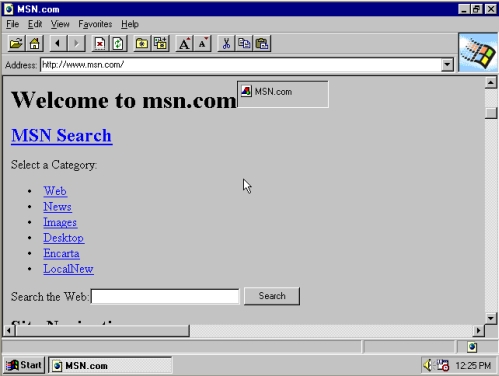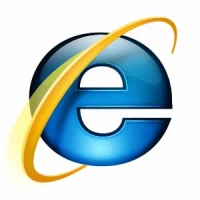Nevertheless, while Internet Explorer has faced many ups and downs, it still ranks as the most popular browser on earth by a solid 60.74 percent market share lead in August 2010. The first version of the browser, Internet Explorer 1, released to the public on Wednesday, August 16, 1995. It was slightly more than 1MB in size, and didn't realistically do too much. It was based on Mosaic, the famous early web browser known to have popularized the World Wide Web.

Microsoft Internet Explorer 1.0 released on August 16, 1995
In November 1995, Microsoft released Internet Explorer 2, the first cross platform web browser to be compatible with both Windows and Mac. It also introduced support for JavaScript frames, SSL, cookies and newsgroups. Starting with Internet Explorer 3 in August 1996, Microsoft started bundling its proprietary browser with Windows, leading to a dramatic increase in market share and reducing the foothold that Netscape had in the consumer space.

Over the years, Internet Explorer rose in dominance as it integrated "revolutionary" features such as Active Desktop (Windows Desktop Update), Channels, Web Publishing Wizard, bi-directional text support for international users, Compatiblity Mode (between IE4 and IE5), the Images Toolbar, Print Preview, an Information Bar, and eventually a pop-up blocker. But it wasn't until early 2004 that Microsoft faced serious competition in the web browser market when Mozilla Firefox came onto the scene. Several journalists around the net even advocated a switch from IE to Firefox, citing reasons like the ability to install malicious software through ActiveX exploits and IE's horrible track record with spyware prevention. Microsoft eventually responded to the negative press with Internet Explorer 6, a version of the browser primarily focused on improving security, privacy and stability. Unfortunately, many of us know how that vision turned out in the latter half of the decade.
In 2010, Microsoft intends to keep its proprietary web browser alive and well with the imminent release of Internet Explorer 9. The first public beta is expected to release at an event in San Francisco on Wednesday, September 15. The new version of the browser boasts a central focus on hardware acceleration capability and (finally) an adherence to open web standards.





